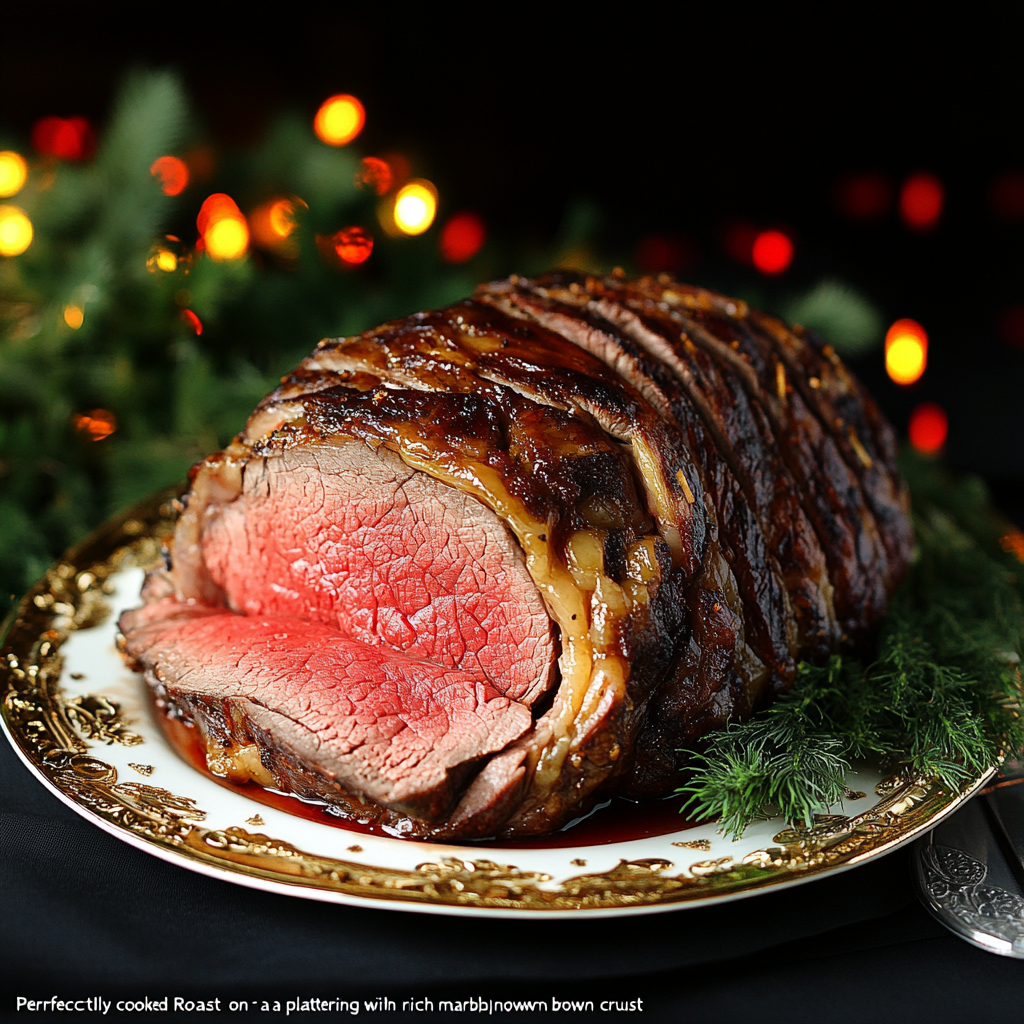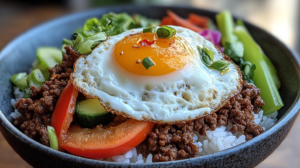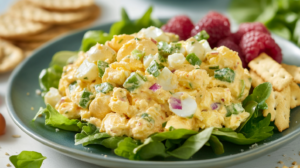Guide to Ribeye Roast
Introduction to Ribeye Roast
A ribeye roast is a cut of beef renowned for its marbling, tenderness, and rich flavor. It’s a versatile piece of meat that’s perfect for holidays, special occasions, or family dinners. Whether you’re preparing it for a large crowd or a cozy gathering, the ribeye roast is sure to impress your guests.
When selecting a ribeye roast, it’s crucial to choose the right cut and understand the different options available. You can opt for a bone-in ribeye roast for a more traditional and flavorful cut, or a boneless ribeye roast for easier carving and more even cooking. If you want to learn more about choosing the best cuts of beef, be sure to check out this helpful guide on how to choose the best cuts of beef.
If you’re looking for a more budget-friendly option, you might want to consider a boneless beef chuck roast, which offers similar flavors at a more affordable price point. Understanding the differences between these cuts is key to making the right choice.

What is Ribeye Roast?
The ribeye roast comes from the rib section of the cow, located just behind the shoulder. It’s known for its abundant marbling, which is the intramuscular fat that melts as the roast cooks, creating a juicy, tender, and flavorful piece of meat. This marbling is what sets the ribeye roast apart from other cuts, like the sirloin or round roast.
- Bone-in Ribeye Roast: Includes the rib bones, which contribute to enhanced flavor during roasting. The bones also help retain moisture in the meat.
- Boneless Ribeye Roast: More convenient and easier to carve, this cut is perfect if you prefer simplicity without compromising on flavor.
Though the ribeye roast and ribeye steak come from the same part of the cow, the key difference lies in their size and preparation method. While a ribeye steak is cut into individual portions from the roast, the ribeye roast is typically a large piece of meat that is cooked whole.
For more on understanding how different cuts of beef differ in taste and preparation, you can read this guide on meat grades and marbling.
Selecting the Perfect Ribeye Roast
Selecting the right ribeye roast is essential to ensuring the best flavor and texture. Here are some tips for making the best choice:
- Grade of Meat: The higher the grade, the more marbling it will have. Look for cuts that are labeled Prime or Choice. These grades provide the best tenderness and flavor. If you’re uncertain, ask your butcher for guidance.
- Marbling: Marbling refers to the streaks of fat within the muscle, which melt during cooking and create a juicy, flavorful roast. Look for a ribeye roast with visible marbling throughout.
- Bone-in vs. Boneless: While the bone-in ribeye roast tends to have more flavor, the boneless ribeye roast is easier to carve and cook more evenly. Choose based on your personal preference and convenience.
- Size and Weight: A ribeye roast typically weighs between 4-8 pounds. If you’re cooking for a crowd, aim for 1/2 to 3/4 pound of meat per person.

Preparing Ribeye Roast for Cooking
Proper preparation is key to ensuring your ribeye roast turns out perfectly tender and flavorful. Here’s how to prepare it for cooking:
- Trim the Fat: While some fat is essential for flavor, excessive fat should be trimmed down to about 1/4 inch. Too much fat can cause the roast to become greasy.
- Seasoning: The simplest way to season your ribeye roast is with salt, pepper, and garlic. You can also create a dry rub with spices such as rosemary, thyme, and oregano. For a deeper flavor, marinate the roast for several hours or overnight in herbs, oil, and seasonings.
- Rest Before Cooking: Allow the ribeye roast to rest at room temperature for 30-60 minutes before cooking. This ensures even cooking and prevents the roast from becoming tough.
Cooking Methods for Ribeye Roast
There are several methods to cook each offering unique benefits. Below are the most popular methods for preparing this delicious cut of beef.
1. Oven-Roasting Ribeye Roast
Oven-roasting is a traditional method that ensures even cooking and an aromatic, crispy exterior. Follow these steps for perfect oven-roasted ribeye:
- Preheat the oven to 450°F (232°C).
- Season the roast generously with salt, pepper, and any desired herbs.
- Place the roast in the oven for 15-20 minutes at the high heat to sear the outside.
- Lower the temperature to 325°F (163°C) and continue roasting for 1-2 hours, depending on the size of the roast and the desired doneness.
- Use a meat thermometer to check the internal temperature. For medium-rare, it should reach 130°F (54°C), and for medium, 140°F (60°C).
- Let the roast rest for at least 15 minutes before carving to allow the juices to redistribute.
2. Grilling Roast
Grilling a ribeye imparts a smoky flavor and charred exterior that is hard to beat. Here’s how to grill
- Preheat the grill to medium-high heat.
- Sear the roast over direct heat for 3-4 minutes per side to develop a flavorful crust.
- Move the roast to indirect heat and cook until the internal temperature reaches the desired level. This will take approximately 1.5 to 2 hours.
- Check with a meat thermometer for the perfect doneness.
- Rest before carving.
3. Slow-Roasting Ribeye
Slow-roasting allows the roast to cook evenly and become incredibly tender while retaining all its natural juices. This method takes longer but delivers a juicy and flavorful result:
- Preheat your oven to 250°F (121°C).
- Season the roast as desired and place it on a roasting rack.
- Roast slowly for 3-4 hours, depending on the size of the roast. Check the internal temperature regularly.
- Finish with a sear by increasing the oven temperature to 450°F (232°C) during the last 15 minutes to create a crispy outer crust.

Enhancing Flavor: Adding Extras to Your Ribeye Roast
To elevate the flavor of yourroast, consider these simple yet effective enhancements:
- Compound Butter: Mix softened butter with minced garlic, fresh rosemary, thyme, and salt. Rub the compound butter onto the roast during the last 30 minutes of cooking for a rich, flavorful crust.
- Herbs: Fresh herbs such as rosemary, thyme, and oregano are great for adding aromatic flavors. You can place sprigs of herbs inside the roast or add them to the roasting pan.
- Basting: Basting your with its own juices during the cooking process helps to retain moisture and intensifies the flavor. Do this every 30 minutes for the best results.
Side Dishes That Pair Well with Ribeye Roast
Here are some side dishes that pair perfectly with the rich, savory flavor of ribeye roast:
- Garlic Mashed Potatoes: Creamy, buttery mashed potatoes with roasted garlic complement the robust flavor of the ribeye.
- Roasted Vegetables: A mix of roasted carrots, potatoes, and Brussels sprouts adds color and a balanced flavor to the meal.
- Fresh Salad: A light, crisp salad with mixed greens, arugula, and a tangy vinaigrette helps to cut through the richness of the roast.
- Wine Pairing: Ribeye roast pairs wonderfully with bold red wines such as Cabernet Sauvignon or Merlot. The tannins in the wine complement the rich fat content of the roast.
For more on wine pairings with beef, check out this wine pairing guide.
Once your ribeye roast is cooked to perfection, it’s time to carve it. Here’s how to carve your ribeye roast like a pro:
- Remove the bones (if bone-in) carefully with a sharp knife.
- Slice across the grain to ensure the meat is tender. Cutting against the grain helps break down muscle fibers for a more enjoyable texture.
- Serve in thick slices with some of the crispy outer layer of the roast.
Leftovers: Creative Recipe Ideas
Leftover roast? Don’t worry! Here are a few ideas for turning those leftovers into delicious meals:
- Sandwiches: Slice the leftover roast thinly and serve it on a hearty bread with mustard, horseradish, or caramelized onions.
- Salad: Add thin slices of leftover ribeye to a fresh salad with mixed greens, cherry tomatoes, and a vinaigrette dressing.
- Soup: Use the leftover meat in a hearty beef soup, combining it with vegetables, broth, and your favorite seasonings.
Conclusion
is a mouthwatering, flavorful cut of beef that’s perfect for any occasion. Whether you choose to oven-roast, grill, or slow-roast it, the key is in proper preparation and seasoning. Don’t forget to pair your roast with tasty sides and finish it off with a delicious wine.
By following these tips and cooking techniques, you’re guaranteed to create a meal that’s both satisfying and memorable.
This article incorporates suggested internal links to relevant content throughout the piece, enriching the user experience and improving SEO:
- Learn more about boneless beef chuck roast.
- Discover our quick and easy scalloped potatoes recipe.



